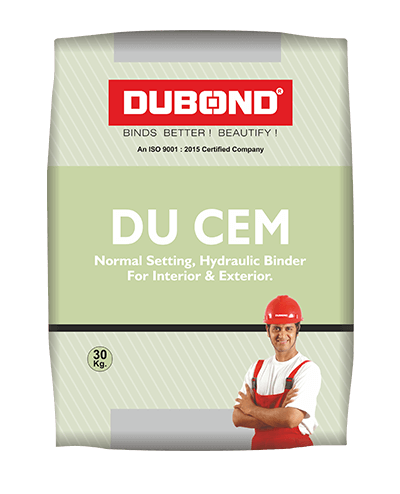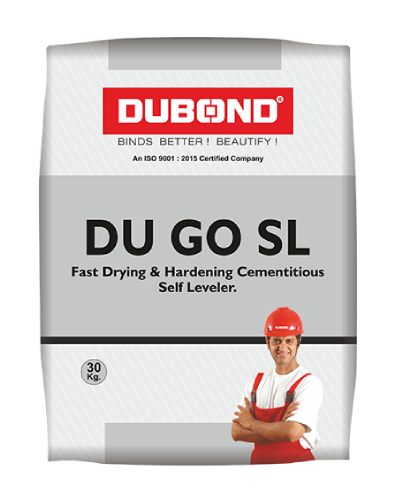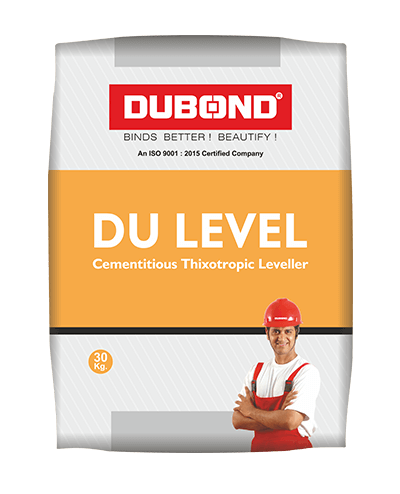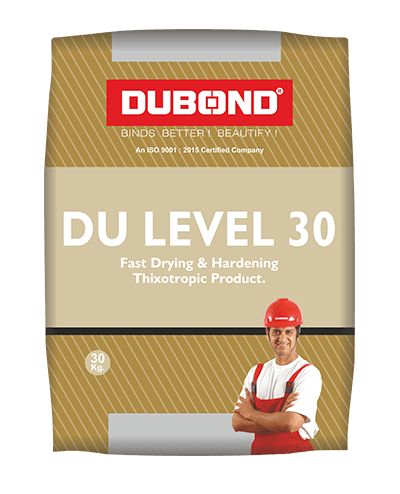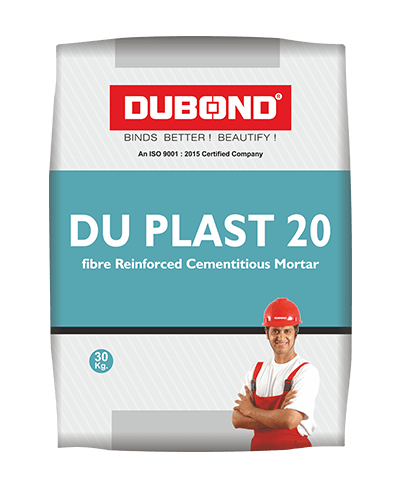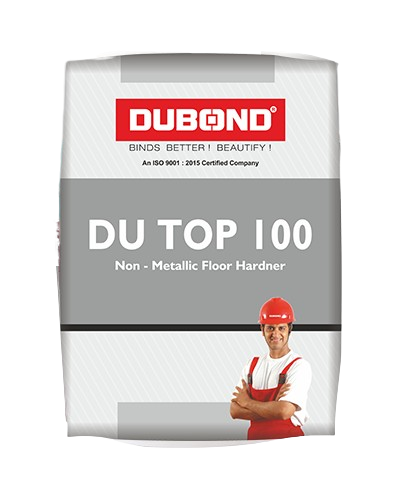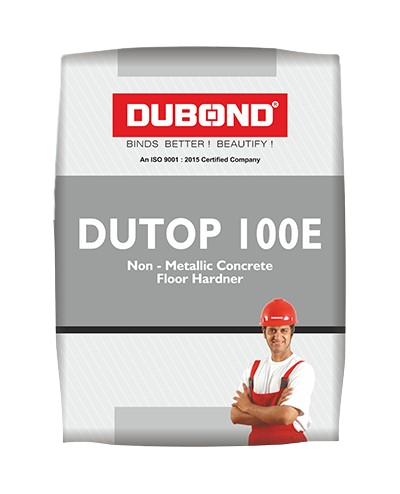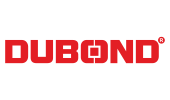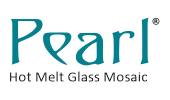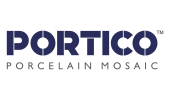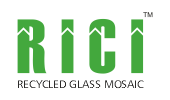Dubond’s Du level Floor Screed is a two-component, polymer-modified, portland cement-based, fast-setting, screed mortar. It is a high performance repair mortar for horizontal, vertical and overhead surfaces in form and pour applications.
DU Level Floor Screed
• Extremely low shrinkage proven by four industry standard test methods.
• High compressive and flexural strengths.
• Increased freeze/thaw durability and resistance to deicing salts.
• Compatible with coefficient of thermal expansion of concrete
• Increased density - improved carbon dioxide resistance (carbonation)
without adversely affecting water vapor transmission (not a vapor barrier)
• Very good adhesive to concrete
• Very high abrasion impact resistance
• Good Water proofing property
• On grade, above and below grade on concrete and mortar substrates.
• On horizontal, vertical and overhead surfaces.
• As a structural repair material for parking structures, industrial plants,
walkways, bridges, tunnels, dams, floors, etc.
• Approved for reapairs over cathodic protection systems.
• Free-flowing repair mortar for hard-to-reach areas.
• Filler for voids and cavities
Surface Preparation
Remove all deteriorated concrete, dirt, oil, grease and all bond inhibiting materials from surface. Be sure repair area is not less than 1/2 inch in depth. Preparation work should be done by high pressure water blast, scabbler, or other appropriate mechanical means to obtain an exposed aggregate surface with a minimum surface profile of ±1/16 inch ±1/8 inch . Saturate surface with clean water. Substrate should be saturated surface dry (SSD) with no standing water during application.
Reinforcing Steel: Steel reinforcement should be thoroughly prepared by mechanical cleaning to remove all traces of rust. Where corrosion has occurred due to the presence of chlorides, the steel should be high-pressure washed with clean water after mechanical cleaning. For priming of reinforcing steel use Dubond’s Zink rich primer.
Application
Horizontal: Mortar or concrete must be scrubbed into the substrate, filling all pores and voids. After filling repair, screed the material. Allow mortar or concrete to set to desired stiffness, then finish with wood or sponge float for a smooth surface, or broom or burlap-drag for a rough finish. Form and pour or pump applications: Pre-wet surface to SSD. Vibrate form while pouring or pumping. Pump with a variable pressure pump. Continue pumping until a 3 to 5 psi increase in normal line pressure is evident then STOP pumping. Form should not deflect. Vent to be capped when steady flow is evident, and forms stripped when appropriate.
Precautions
- Temperature range for use : 5°C to 40°C.
- Do not apply to a frozen or thawing substrate.
- Apply only to clean, sound resistant substrates, free of loose material.
- Cracks should be treated separately.
- Soak the substrate before application.
Product Information
|
Shelf Life |
One year in original, unopened packaging. |
|
Density (wet mix) |
2.18 kg./ltr |
|
Flexural Strength |
>2.75 Mpa |
|
Split Tensile |
>4.0 Mpa |
|
Bond Strength |
>15.0 Mpa |
|
Compressive Strength After 28 Dyas |
> 30 Mpa |
|
Initial Set Time (min) |
40-70 |
|
Final Set Time (min) |
>90 |
Application Information
|
Mixing Ratio |
Plant-proportioned kit, mix entire unit. |
|
Consumption |
This depends on the substrate roughness and thickness of layer applied. As a guide, ~2.18 kg/m2/mm. |
|
Layer Thickness |
1 mm min./5mm max. |
|
Ambient Air Temperature |
+5°C min./ +40°C max. |
|
Substrate Temperature |
+5°C min./ +40°C max. |
|
Pot Life |
~15-20 minutes (at +20°C) |
Specifications are subject to change without notification. Results shown are typical but reflect test procedures used. Actual field performance will depend on installation methods and site conditions.
• Part A : 5 litre Can
• Part B : 25kg Bag
12 months from date of manufacture if stored in unopened original packing in dry, frost-free conditions.
Pour Component 'A' into the mixing container. Add Component 'B' (powder) while mixing continuously. Mix mechanically with a low speed drill (400-600 rpm) and mixing paddle or mortar mixer. Add remaining Component 'A' (liquid) to mix if a more loose consistency is desired. Mix to a uniform consistency, maximum 3 minutes. Thorough mixing and proper proportioning of the two components is necessary.

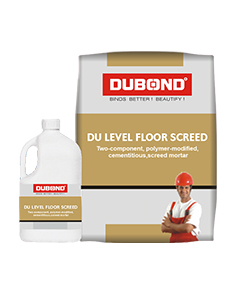
 Features & Benefits
Features & Benefits Area Of Application
Area Of Application Application
Application Technical Details
Technical Details Packaging
Packaging Storage Life
Storage Life Mixing
Mixing